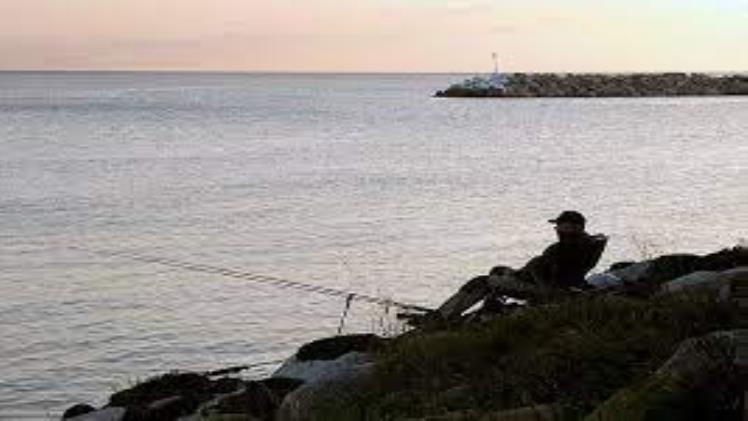Fishing – An Activity That Is Both Recreational And Commercial

Fishing can be both a recreational pastime and commercial enterprise, offering something for people from all walks of life to enjoy or provide sustenance for subsistence or the acquisition of food in accordance with rules designed to protect sea life. Fishing may involve rods, spears or nets and various lures as methods of fishing; its popularity stems from social interactions between fishermen that make the experience all the more pleasurable; it may involve hand-tied fly fishing for trophy trout or trolling for stripers using electric motors! Fishing offers something for everyone – with something for all those involved!
Baits give fish an incentive to bite and come unhooked from the hook, and serve as an attractant that mimics other living things they would naturally be drawn towards. A bait could range from live creatures, bread pieces or worms as potential bait. Baits work like magnets by drawing their attention away from more attractive targets by mimicking movements and appearance of these prey items that they would naturally seek out.
As soon as a fish is caught, it must be handled as carefully and quickly as possible to reduce stress levels. A rubber net is particularly effective at cushioning against bumps or jerks that might otherwise harm or kill it. Furthermore, after landing the fish it should immediately be transferred into an aerated tank or transfer container so it may continue breathing oxygen and recover from its experience.
Fishing poles can be physically demanding when used to catch larger fish, and perfecting this technique may take practice and skill to become efficient at. Once an angler masters this technique they should be able to catch almost any type of fish within their local region; in the Great Lakes region of the United States alone there is an array of freshwater fish like walleye and northern pike that they could catch using this approach.
An increasingly popular fishing method is “catch share.” Fishery management works like a stock market: governments set scientifically determined total catch numbers and divide these into shares that local fishermen (individuals, companies or indigenous communities) can buy and sell as shares on the fishery market. Once a fisherman obtains a quota, they must adhere to the restrictions established by their government in order to remain competitive against larger corporations that can purchase more quotas than smaller fishermen can afford. Catch share systems can serve two important goals simultaneously, protecting endangered fish species while simultaneously encouraging responsible ocean stewardship by making fishermen into conservationists in their own backyards. Many fishermen have enthusiastically taken up this task – many of the greatest fishing stories have featured individuals overcoming seemingly insurmountable odds through perseverance and hard work.